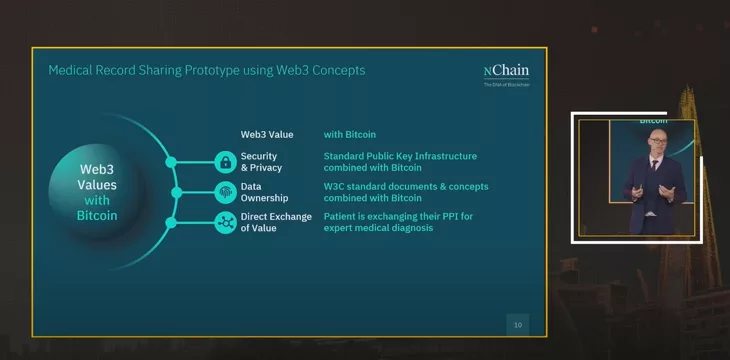|
Getting your Trinity Audio player ready...
|
Not everyone truly understands what Web3 is all about, but everyone can recognize the benefits of the tools that nChain is building to support Web3.
On Day 2 of the recent London Blockchain Conference, nChain’s research director Alessio Pagani and senior software engineer John Murphy offered attendees a glimpse of the practical applications that will be possible through the integration of Web3 and the BSV blockchain.
Pagani started things by explaining a little about nChain, a global leader in advisory, research, and development of blockchain technologies and solutions. As far as Web3 goes, nChain’s goal is “accelerating the state of the art in all the technologies” that underpin Web3, including blockchain, cryptography, network science, artificial intelligence (AI), Internet of Things (IoT), and IPv6.
This research is then enhanced with tools, which involve creating software modules, hardware devices, and prototypes to demonstrate Web3’s capabilities through workable models.
Pagani said nChain has a process it calls “the three P’s.” The first of these is Paper, as in nChain’s own internal white papers, but also those published in academic venues as a means of garnering feedback from other researchers and thus improving nChain’s own research.
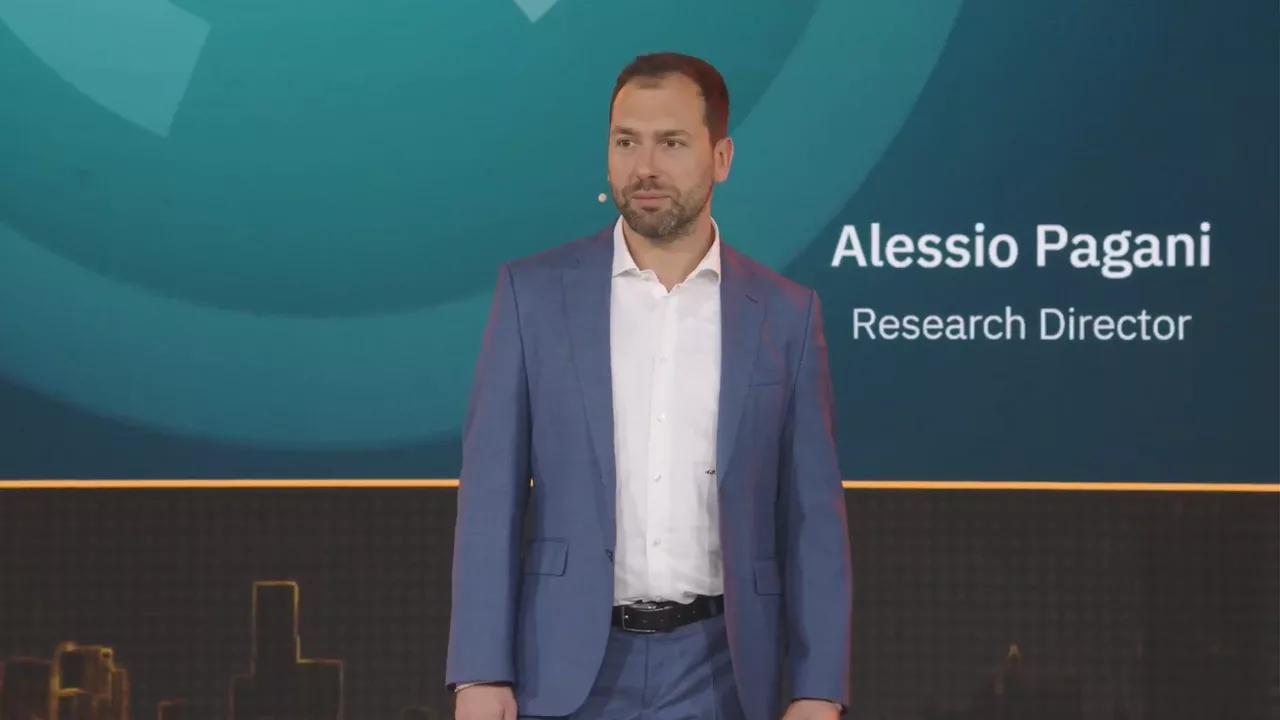
The second P stands for Patent, as in creating patents to protect nChain’s research and giving a competitive advantage to both its products and the companies in the ecosystem that utilize nChain’s technology.
The third P is Prototype, as in what nChain uses to showcase its research. Pagani then confessed that there’s actually a fourth P, which stands for Product, something Pagani’s research team creates in collaboration with nChain’s other teams and its ecosystem partners.
Values and the CIA
With that out of the way, Pagani noted that many individuals remain hazy on the precise definition of Web3. Pagani offered up two definitions provided by his ‘friends’ (actually two chatbots), but they didn’t necessarily un-muddy these waters.
Instead of defining Web3, Pagani offered examples of “values that characterize Web3,” which he hoped would provide his audience with “enough motivation to create Web3 applications or transform your business from Web2 to Web3.”
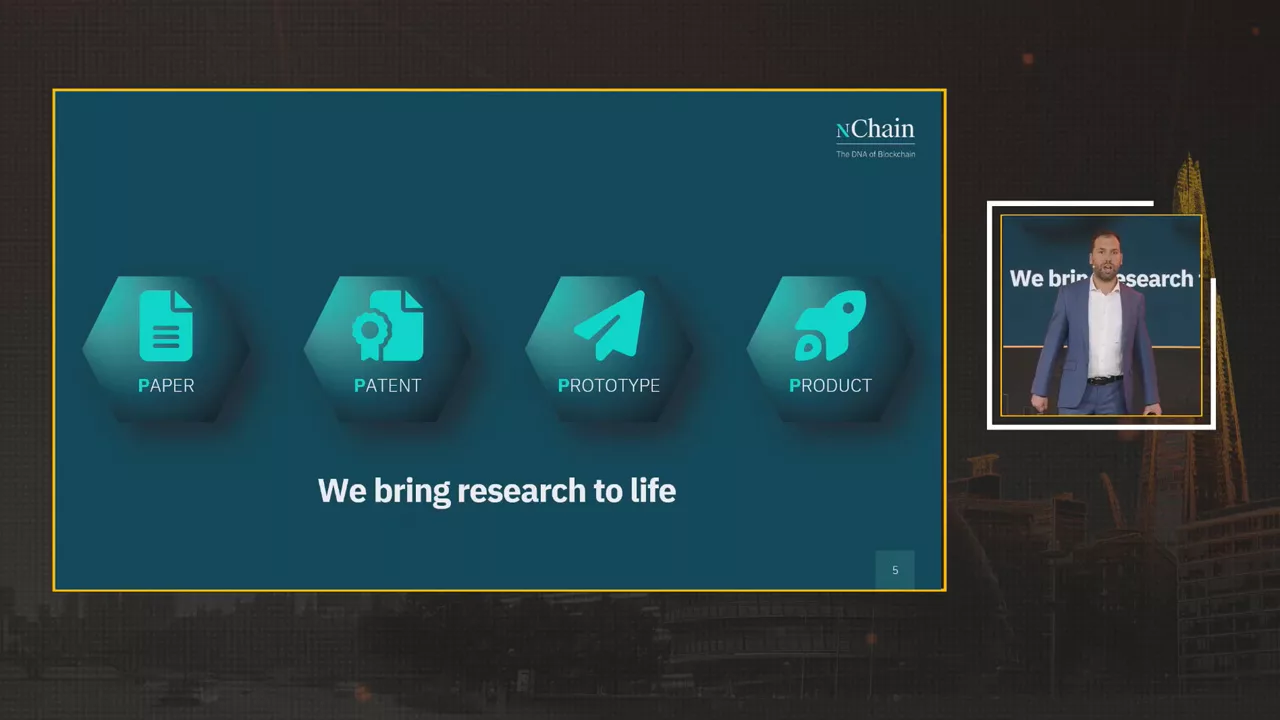
The first value (actually a twofer) is security and privacy, which nChain measures using the CIA (not that CIA) triad: confidentiality, integrity, and availability. These values are (sort of) present in Web2, although only through reliance on a third party. In Web3, these properties are guaranteed by design, but you also gain authenticity and auditability.
Web3’s second value is data ownership, the ability to control your data through its entire life cycle, as well as deciding who has access to this data and for how long. The third value is the direct exchange of value—both in terms of payments (micro- and nano-) and information—on a peer-to-peer basis.
Pagani said these values not only characterize Web3, but “they also characterize nChain and capture the spirit of what we’ve been building since nChain was founded in 2015.”
Swipe left and cough, please
Murphy was next to complete this visualization by taking the audience on a virtual trip to the doctor.
nChain’s prototypes are split into three categories: Bitcoin & Network Infrastructure, Cryptography, and IoT & Bitcoin. The prototype Murphy demonstrated from the London Blockchain Conference stage came from the former category.
Referencing his colleague’s list of Web3 values, Murphy reminded the audience that the direct exchange of value referred not only to payments but to data. In the prototype on display, a patient exchanged personal information with a medical professional to secure an expert diagnosis.
Using himself as the patient, Murphy called up a screen containing some placeholder data about himself, including the fact that he lives at 42 Foobar Lane and is currently taking a prescription medication known as Procrastin-X. (Go easy on him, he’s an engineer, not a comedian.)
Using a BSV blockchain-based public key infrastructure and certificate authority, Murphy writes his personal data to the blockchain. As owner of his data, Murphy can grant access to this information to a doctor, but Murphy decides how much of this data the doctor can see, and when and how often he/she gets to see it.
Next, Murphy picks a doctor from the list and submits a request for a diagnosis. Behind the scenes, a new certificate has been created and written to the blockchain. The doctor can now access his viewer screen, pick their patient and call up the data needed to diagnose.
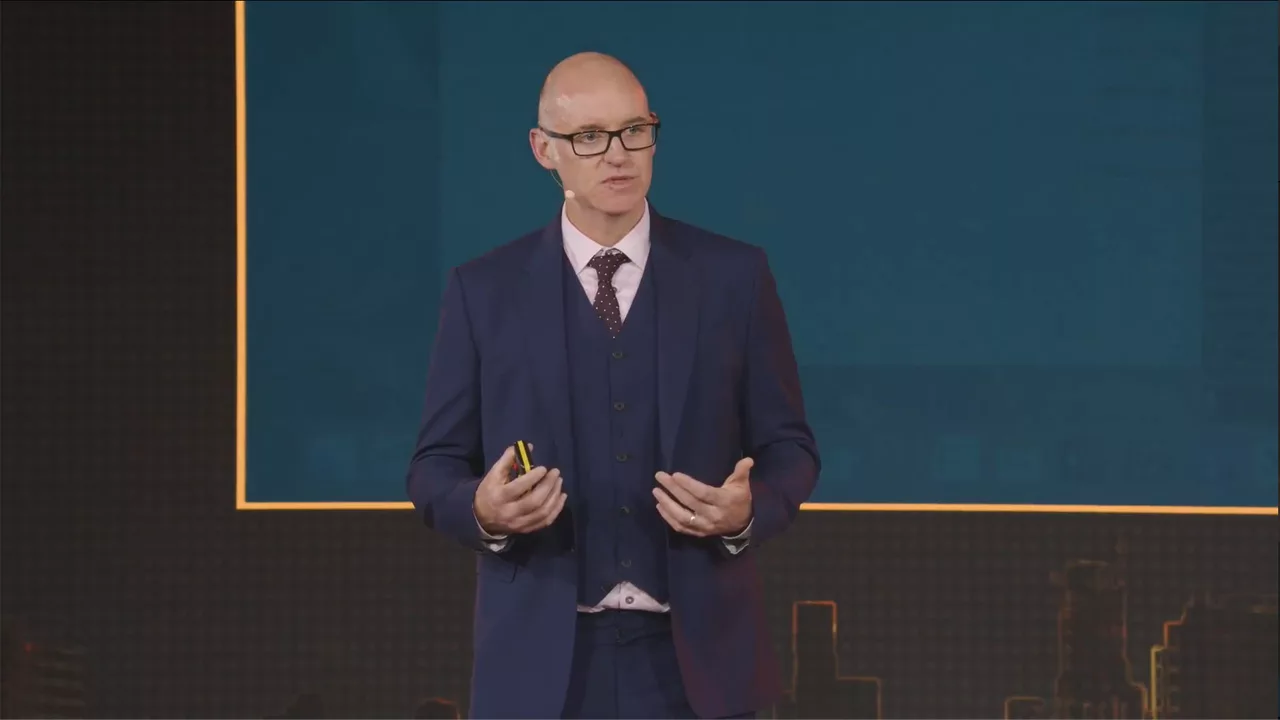
And only the relevant data, such as what meds Murphy might be on and any treatments he’s received. The doctor doesn’t need to know, say, where Murphy lives or his telephone number, so that data remains off limits.
And since the access granted was single-use, the certificate is revoked after the diagnosis has been made and the output of this blockchain transaction has been ‘spent.’ Should the same doctor try to reaccess this data, their access will be denied.
Should Murphy anticipate several sessions with the same doctor, a multiple-access request can be submitted that generates a new certificate allowing this doctor to view Murphy’s data as often as necessary. But should Murphy change doctors, he need only revoke this certificate, and future access by the original doctor will be denied.
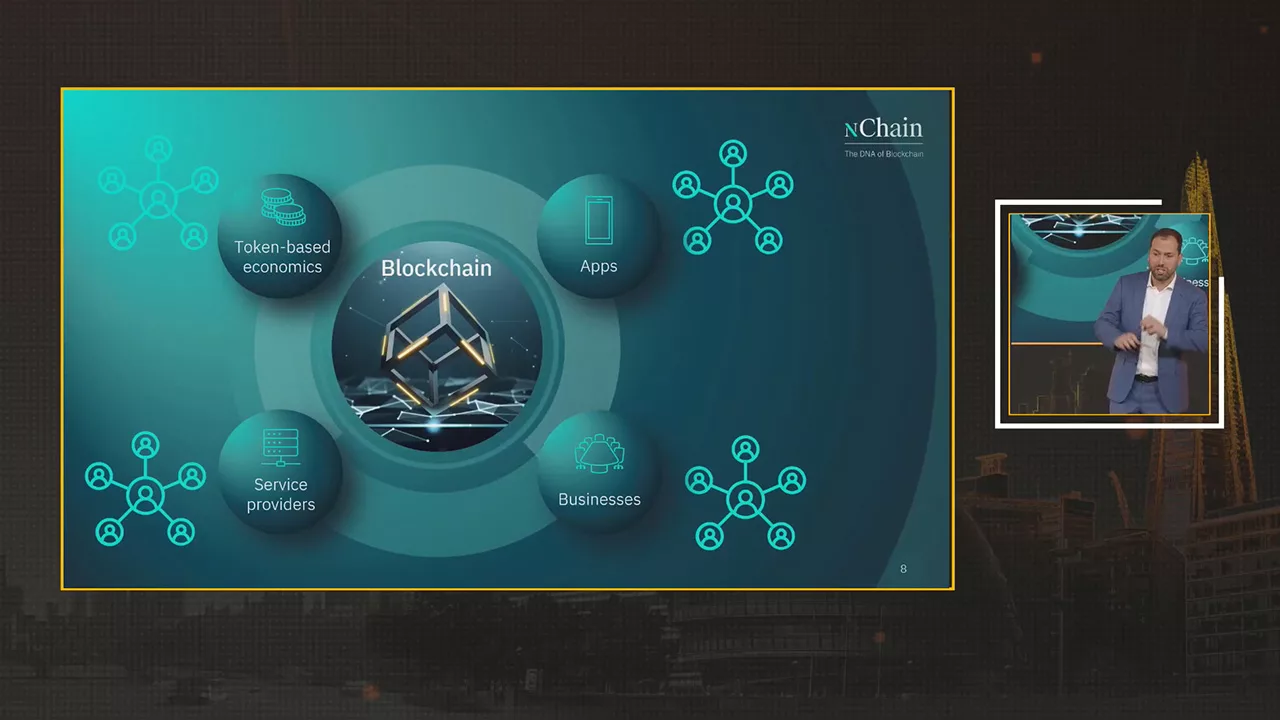
Murphy explained that the prototype he demoed showcased three nChain patents, as well as a paper co-written by Dr. Craig Wright and former nChain sustainability manager Dr. Chloe Ceren Tartan.
Murphy gave a shout-out to nChain’s prototyping team, whose mission is to build working models that make nChain’s patent portfolio more accessible to the general public. These prototypes serve several functions, including being deemed worthy enough to be ‘promoted’ into nChain’s existing products. Other prototypes become products all on their own, while the rest showcase nChain’s innovations to the broader market.
Earlier in the presentation, Pagani asked the audience to visualize Web3 as a multi-layer network with blockchain at its core. The layer on top of that consists of developers building Web3 apps and businesses transforming from Web2 to Web3. The final layer is made up of Web3’s end users, those who make use of developers’ applications.
nChain has the goods to help those in the second layer connect with those in the third. Check out the video, then check out their website and see how they can help you transition from Web2 to Web3.
Watch: CoinGeek TV with nChain’s Chief Scientist Dr. Craig Wright

 12-17-2025
12-17-2025 
